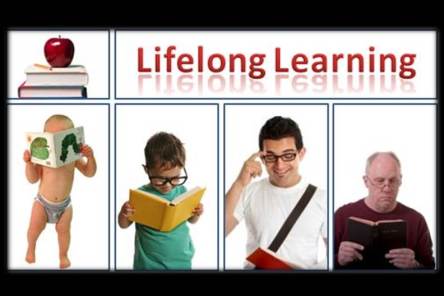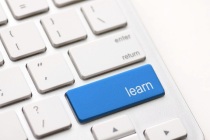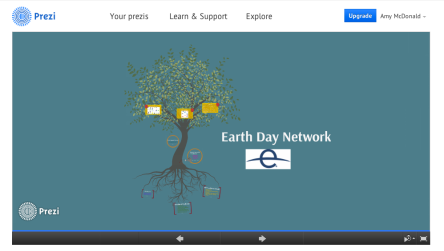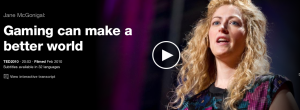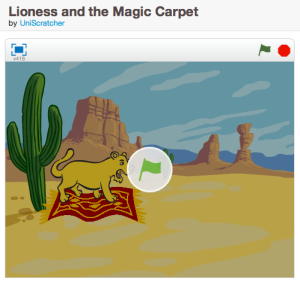This week’s topic covered lifelong learning in a digital age. Lifelong learning is simply “learning that is pursued throughout life” (Lifelong Learning Council Queensland, 2013, p. 1). When I think about lifelong learning, a Chinese proverb comes to mind: “give a man a fish and you feed him for a day; teach a man to fish and you feed him for a lifetime”. In the classroom, this translates to the idea that rather than giving students facts and figures to memorise, teach them practical skills about how to digitally source information for themselves so their knowledge will continue to blossom throughout their lifetime via self-regulated learning. Importantly, this also supports part of the second goal of the Melbourne Declaration on Educational Goals for Young Australians: “All young Australians become successful learners” (Ministerial Council on Education, Employment, Training and Youth Affairs, 2008, p. 8).
Reflecting back on this unit as a student, I see how some of the knowledge I have acquired can lead to further expansion of my knowledge base through self-regulated learning. For example, this week I learnt how to use Prezi, and in order to learn Prezi, I used YouTube as a self-regulated learning tool. That is, my knowledge of the use and existence of Youtube lead me to acquire more knowledge, being, how to create a Prezi presentation through watching informative videos. Further, I used Boolean operators and truncation symbols to expand my Google searches for information on Earth Day Network. I see first hand how teaching students self-regulated learning digital skills will help them prosper on their lifelong learning journey and benefit the world in which they create as global citizens.
References
EdTechReview. (2014). Lifelong learning [Image]. Retrieved from http://edtechreview.in/news/592-apps-for-lifelong-learners
Getting Smart. (2014). Keyboard [Image]. Retrieved from http://gettingsmart.com/2014/02/will-lifelong-learning-relationship/
Lifelong Learning Council Queensland. (2013). What is lifelong learning? Retrieved from http://www.llcq.org.au/01_cms/details.asp?ID=12
Ministerial Council on Education, Employment, Training and Youth Affairs [MCEETYA]. (2008). Melbourne Declaration on Educational Goals for Young Australians. Retrieved from http://www.mceecdya.edu.au/verve/_resources/National_Declaration_on_the_Educational_Goals_for_Young_Australians.pdf
